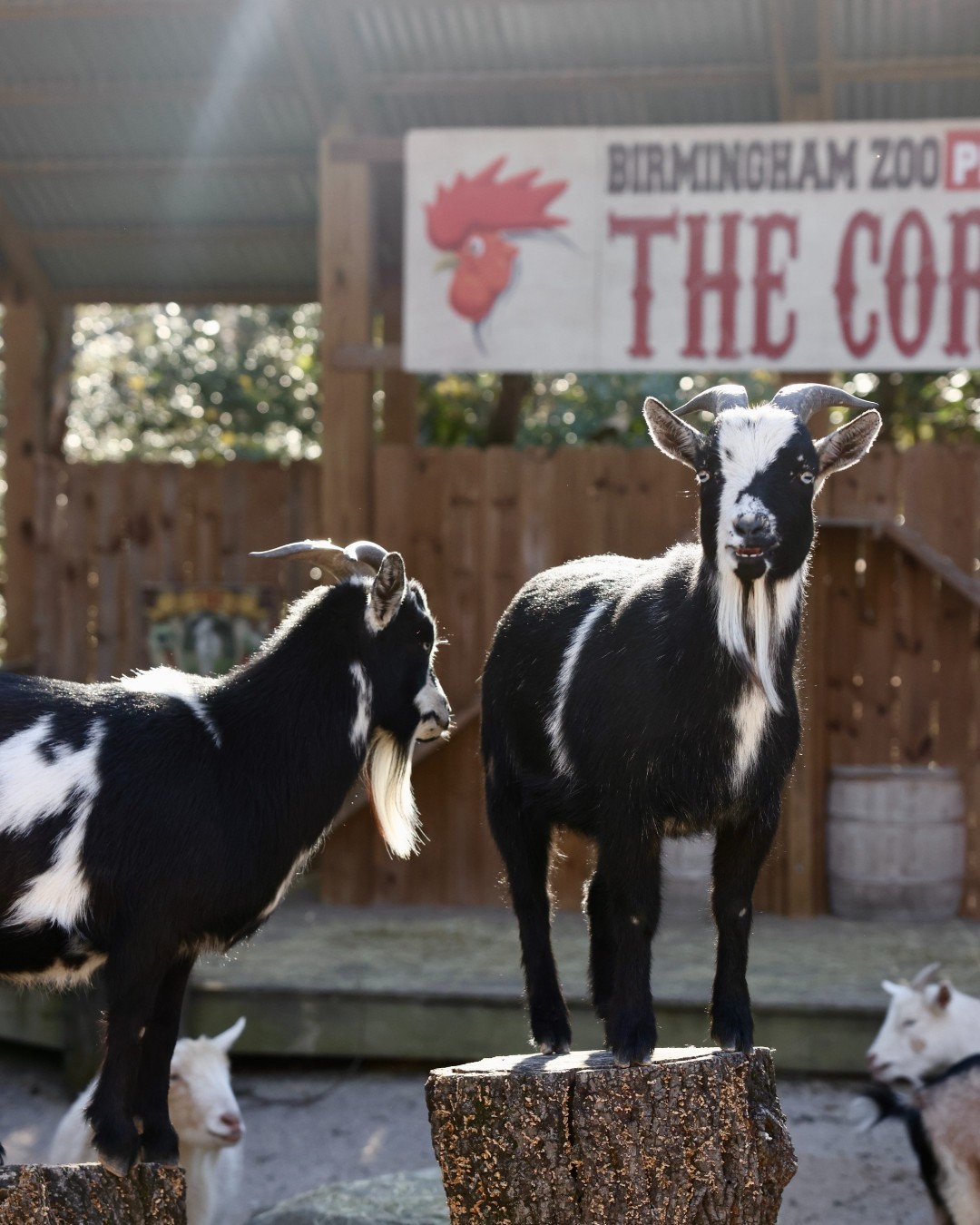- Introduction to Bucee and Bandit, their significance in wildlife photography, and the themes of their "strike a pose" initiative.
- Exploring the role of zoos in wildlife conservation, emphasizing the importance of zoological practices and ethical management.
- The impact of public engagement and education through initiatives like "Bucee and Bandit, strike a pose!" and their influence on conservation efforts.
- Discussion of the technological advancements in wildlife photography and the benefits of such developments for research and education.
- Analysis of the challenges faced in zoo management and wildlife conservation, emphasizing solutions and strategies for improvement.
Bucee and Bandit, two charismatic figures in the animal kingdom, have recently captured public imagination with their "strike a pose" initiative. This unique project aims to blend wildlife photography with conservation education, encouraging a broader understanding of our planet’s biodiversity. Bucee, a majestic Bengal tiger, and Bandit, an expressive Andean bear, provide compelling images that anchor this campaign. Their photogenic charm is not just for aesthetic appreciation; it serves a critical role in conservation storytelling.
Zoos have long been sanctuaries for vulnerable species, but their role has evolved significantly. Modern zoos offer more than just a glimpse of exotic animals; they are crucial in wildlife conservation and research efforts. The practices adopted by institutions worldwide aim to protect species, maintain biological diversity, and educate the public on the urgency of environmental stewardship. Bucee and Bandit’s project underscores this mission, highlighting how zoos can utilize their resources and platforms for the benefit of global biodiversity.
The idea behind "Bucee and Bandit, strike a pose!" ingeniously merges public engagement with educational outreach. By making wildlife the focus of a digital photography initiative, the project reaches audiences who might not typically engage with conservation issues. This approach educates participants on animal behavior, habitat requirements, and the threats these species face in their natural environments. The visual appeal of Bucee and Bandit helps forge an emotional connection, making viewers more likely to invest in conservation narratives and supportive actions.
Technology plays a pivotal role in expanding the reach and effectiveness of wildlife photography. Advances such as high-resolution cameras, drones, and remote sensing devices have elevated the quality and accessibility of wildlife images. These technological tools provide unprecedented opportunities to document animal behavior and environmental changes. For researchers and enthusiasts alike, such images are not merely artistic expressions but valuable sources of data that illustrate the intricate dynamics of ecosystems.
Despite these advancements, zoos and conservation programs face significant hurdles. Financial constraints, habitat loss, and climate change represent ongoing challenges. Effective strategies must leverage community involvement, scientific research, and international collaboration to combat these issues. By integrating initiatives like “Bucee and Bandit, strike a pose!” within conservation strategies, zoos can bolster their efforts to foster understanding and advocate for critical conservation issues.
Bucee and Bandit’s photogenic appeal serves as a gateway to deeper conversations about biodiversity conservation. Their images are more than eye-catching visuals; they embody the message that understanding and preserving wildlife is crucial. Through educational campaigns and public participation, initiatives like theirs inspire future generations to appreciate the complexity and beauty of the natural world while contributing to the preservation of endangered species.
*****
Source Description
“Bucee and Bandit, strike a pose!” How’d they do?📸


